Systematic Literature Review Assignment Help
What is a systematic literature review?
A systematic literature review is an analysis of previous research. To address a particular research issue, it makes an effort to compile all available data on the subject. Before beginning the systematic literature review, the authors develop criteria for choosing whether evidence is included or rejected. By doing so, the possibility of bias is decreased and the validity of the results is increased.
Systematic literature review evaluations ought to:
• Explicitly define objectives and use a predictable technique;
• use a thorough systematic literature review approach to try to find all studies that satisfy the requirements;
• evaluate the veracity of the outcomes of the studies that were included in the systematic literature review;
• systematic literature review ought to summarize the findings of the research.
Highlights
Systematic Literature Review Assignment Help
What is a systematic literature review?
Preferred Reporting Items for Systematic literature review reviews and Meta-Analyses (PRISMA)
Preferred Reporting Items for Systematic literature review reviews and Meta-Analyses (PRISMA)
In order to make sure a systematic literature review is beneficial to readers, writers should write a clear, thorough, and accurate description of the reasons the review was conducted, everything they did (including how materials were searched and chosen), and what they discovered (such as characteristics of contributing studies and results of meta-analyses). This may be done using The Preferred Reporting Items for Systematic literature review Reviews and Meta-Analyses (PRISMA) statement, which was issued in 2009 and was created to assist systematic literature review researchers in explicitly documenting why the study was performed, whatever the authors performed, as well as what they discovered.
PRISMA 2020 implementation might be advantageous for several parties. Readers may evaluate the applicability of the methodologies and, consequently, the veracity of the conclusions, thanks to comprehensive reporting. Healthcare professionals and policy makers can assess the relevance of the findings to their environment by presenting and summarizing the features of the systematic literature review that contributed to the synthesis. Policy makers, managers, and other decision makers should be assisted in developing suitable practice guidelines or policy by describing the degree of certainty in the body of evidence supporting a result and the consequences of findings. The inclusion of systematic literature review reviews in overviews (of systematic literature review reviews) and guidelines, as well as complete reporting of all PRISMA 2020 components, enable replication and review updates, allowing teams to capitalize on previously completed work and reduce research waste.
Development of PRISMA
29 review authors, methodologists, physicians, medical editors, and consumers collaborated to create the PRISMA declaration. 12 In 2005, they took part in a three-day meeting and engaged in a lot of post-meeting email communication. A four-phase flow diagram was created using a consensus approach that, if feasible, was influenced by evidence (fig 1 and 2) The checklist contained items considered necessary for transparent reporting of a systematic literature review. QUOROM’s initial flow diagram was also adjusted to display the numbers of designated records, omitted publications, and included studies.
Figure 1: Four-phase flow diagram
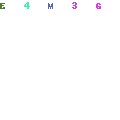
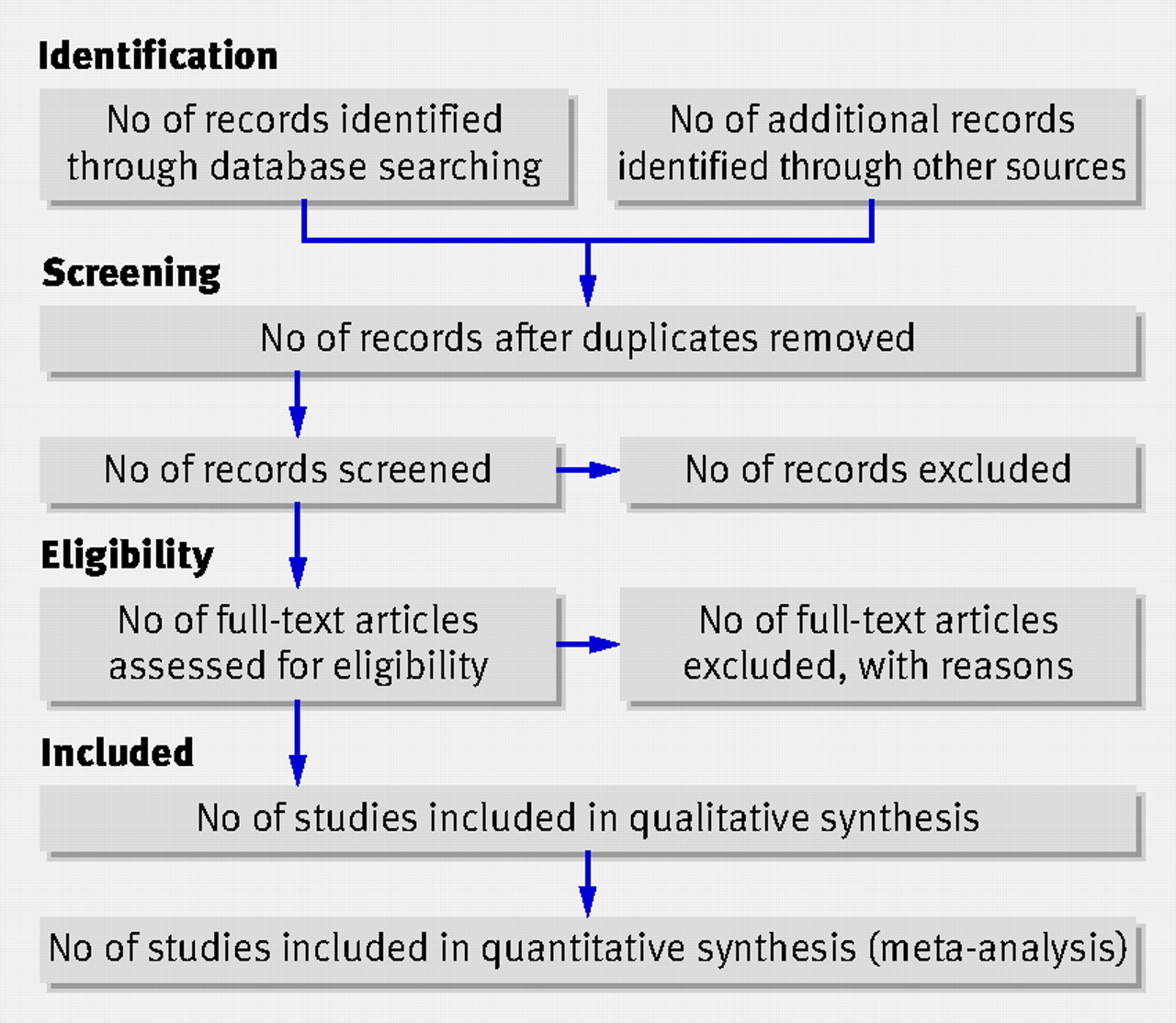
Fig 2: Flow of information through the different phases of a systematic literature review review
PRISMA Steps Explanation
IDENTIFICATION
Step 1: Doing the Database Search Perform a separate search for each database using ALL of your search keywords, any MeSH or other topic headings, truncation (such as hemipleg*), and/or wildcards (such as sul?ur). Specify the scope (including years of search, English language only, et cetera). You should have a final number of entries or publications for each database once you have merged all of your search phrases and applied any necessary limitations. Fill out the PRISMA flow chart’s top left box with this data. Databases (n=) should be followed by the total number of aggregated results from all databases (including duplicates). Various systematic literature review researchers additionally include notations in the box indicating the number of outcomes from each database search, such as Pubmed (n=335) and Embase.
NOTE: When you import a file, certain citation managers automatically delete duplicates. Before any duplicates are eliminated, ensure to record the number of articles from your database searches.
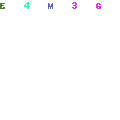
SCREENING
Step 2: Remove All Duplicates You must eliminate any articles that appear more than once in your results to prevent reviewing duplicate content. The duplicates may be removed by exporting the whole list of articles from each database to a citation manager like EndNote, Sciwheel, Zotero, or Mendeley (containing the citations and abstract in the file). The duplicated articles found in Covidence that you are utilizing for the evaluation should as well be included to the citation manager number. In the second field of your PRISMA template, enter the quantity of entries that were eliminated as duplicates. You should also add that amount if you are using automated tools to assess the value of the citations in your findings.
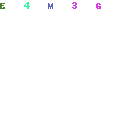
NOTE: If you use Covidence to filter your articles, you may paste the numbers from the PRISMA diagram into the fields shown below in your Covidence review. You must keep count of the number of results from each database manually because Covidence does not contain that information.
Step 3: Records Screened- Title/Abstract Screening Add the number of articles you plan to filter as the following step. Subtracting the number from the duplicates eliminated box, this number should equal the number of records that were found.
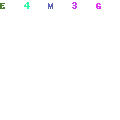
Step 4: Records Excluded- Title/Abstract Screening Search the article titles and abstracts for any that are pertinent to your study subject. Include any publications that seem to support your effort to respond to your systematic literature review subject. In the “Records excluded” box to the right, note the number of publications that were excluded as a result of title/abstract screening. Exclusion justifications are optional at this stage but they may be required after full text screening.

Step 5: Reports Sought for Retrieval This refers to the total number of publications obtained during preparation for full text analysis. The number sought for retrieval is calculated by deducting the number of excluded records (Step 5) from the total number of records screened (Step 4).

Step 6: Reports Not Retrieved The number of articles for which the entire text is unavailable should be listed. Before automatically rejecting items, keep in mind to use Find@UNC and Interlibrary Loan to request them and determine whether they can be obtained from other libraries.
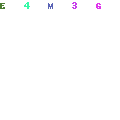
ELIGIBILITY
Step 7: Reports Assessed for Eligibility- Full Text Screening The number of reports that were requested for recovery in step 6 less the number of reports that were not recovered should equal this (Step 7). To determine if these publications should be included in the systematic literature review, you should read the entire texts of each one.
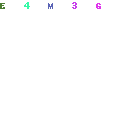
INCLUSION AND EXCLUSION
Step 8: Reports Excluded All the publications that were excluded during the full-text screening step to ascertain eligibility should be entered in the “Reports excluded” box. Then, the reasons for doing so should be stated, along with the number of records omitted for each stated reason. Inappropriate patient population, improper treatment, inappropriate location, and incorrect dose are a few examples. Even if an article qualifies for more than one exclusion criterion, you should only count it once in your list.
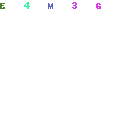
Step 9: Included Studies The number of records rejected from consideration during the full-text eligibility evaluation (Step 9) is subtracted from the total number of articles examined for eligibility in the final step (Step 8). If necessary, this number should be combined with the outcomes of the grey literature search in the “Studies included in review” box. Unless systematic literature reviews were additionally conducted in non-database sources, the PRISMA flow diagram by far can be considered complete.
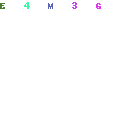
Complete the extra procedures outlined in the following box if you have looked through other sources, such as websites for professional organizations, referenced or referencing citations, etc.
Classical Example
Example is retrieved from Lee J. (2022). Nursing home nurses’ turnover intention: A systematic literature review review. Nursing open, 9(1), 22–29. https://doi.org/10.1002/nop2.1051
Search methods
A systematic literature review was conducted in June 2020 utilizing six electronic bibliographic resources (CINAHL, PubMed, Cochrane Library, PsycINFO, RISS, and DBpia). In order to only examine publications that provided up-to-date and important information concerning the topic under discussion, the study’s time frame was restricted to run from January 2009 to January 2019. Among the terms used were variations of “nur” and “nursing home,” “residential facility,” “long term care facility,” “residential care,” “long term care environment,” and “leave” or “turnover.” Reference lists from publications on the intentions of NH nurses to quit their employment were also examined in order to find materials not included in digitized bibliographic databases.. Only systematic literature review that met the following requirements were taken into consideration for this analysis: A study needs to adhere to the following criteria in order to be eligible: The research population (organization) had to include NHs, the sample (person) had to include nurses (registered nurses [RNs] or licensed practical nurses [LPNs]), the preferred languages had to be English or Korean since there were no interpreters, and the study had to be peer-reviewed. In order to avoid biased results, articles that included unregistered nursing staff, such as CNAs (Certified Nursing Assistants), were omitted.
Search outcome
The selection of articles is shown in a Preferred Reporting Items for Systematic literature review Reviews and Meta-Analysis (PRISMA) diagram (Moher et al., 2009). The PRISMA criteria were used to guide the systematic literature review procedure in this investigation (see Figure 1). In all, 473 items were found in the six databases by the first systematic literature review. 109 publications were found in the first search after duplicates were eliminated. The titles and abstracts of the remaining 109 publications were then separately assessed by two reviewers (author 1, research assistant 1). There were 11 articles left after titles and abstracts were scrutinized. In order to get to a consensus, the third reviewer (research assistant number 2) and I examined the inconsistencies and concerns around screening. Two reviewers (author 1 and research assistant no. 1) examined the full-text of the remaining 11 publications to determine their eligibility using inclusion and exclusion criteria. One systematic literature reviewer (research assistant number 2) helped to clarify any discrepancies and questions about the study’s inclusion and exclusion criteria. After assessment, RNs and CNAs were used as samples in three publications, NHs and home nursing were used in one study’s setting, and a long-term care hospital was used in another systematic literature review. Six publications were finally left, and six articles pertaining to the intents of NH RNs to remain at their respective employment positions were evaluated and compiled.
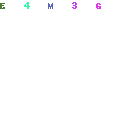
References
https://www.bmj.com/content/339/bmj.b2700
Creating a PRISMA flow diagram: PRISMA 2020
https://guides.lib.unc.edu/prisma

